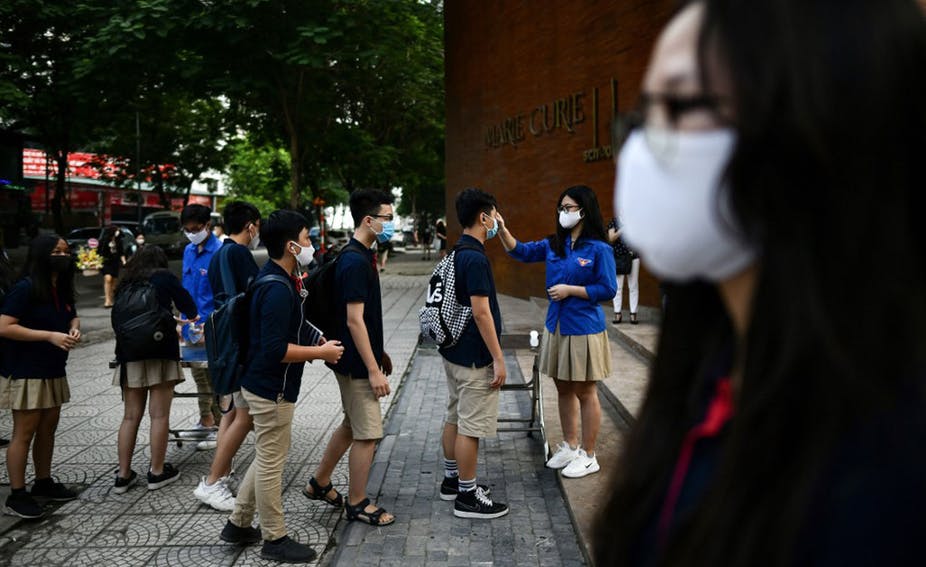Australian website praises VN’s prudent, low-cost approach to combating Covid-19
VGP – The Australia-based website Theconversation on May 25 published an article on Viet Nam’s response to the COVID-19 pandemic.
|
|
|
Illustration photo |
Mieszko Mazur, the author of the article has been on a research visit at the Da Nang University of Economics since February 2020. The article is based on his personal observations, exchange with local residents, and independent research based on public sources.
A notable exception to all the grim national statistics is Viet Nam. At the time of this article, it has had only 55 active Covid-19 cases and zero deaths, and in the 21-day sequence between April 16 and May 7, 2020, it reported zero new infections.
It is worth emphasizing that Viet Nam is one of the poorest nations in Southeast Asia, with GDP per capita of barely $2,500 – 13 times less than Italy and 25 times less than the U.S. Moreover, it shares a long border with China and relies heavily on Chinese imports and exports. Finally, Viet Nam’s population is roughly 100 million, making it one of the most densely populated countries in the world.
The author concluded that wealth is not necessarily a key factor in a country’s ability to successfully combat Covid-19. Given the nation’s precarious financial health, the government did not want to take the risk of jeopardising the health services provided to its citizens in case the disease was suddenly too widespread to curb.
Rather than relying strongly on the recommendations of World Health Organization (WHO), with its stage 1-4 model, the Vietnamese government took the highly prudent approach of assuming the possibility of a full-blown pandemic.
On April 23 the quasi-lockdown came to an end and the country reopened for business. While the optimism in the streets is palpable, it will take a while before Viet Nam reopens internationally. In the most likely scenario, Viet Nam would allow some tourist and business exchanges with China, which claims to have only a limited number of active cases at present.
While the future remains uncertain, the Vietnamese example reminds us that having extensive financial resources is neither necessary nor sufficient to successfully fight an epidemic./.
By Khanh Phuong


